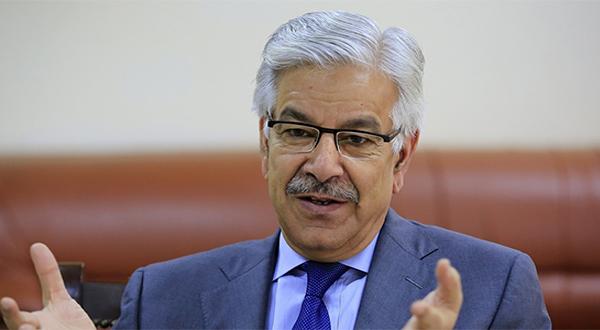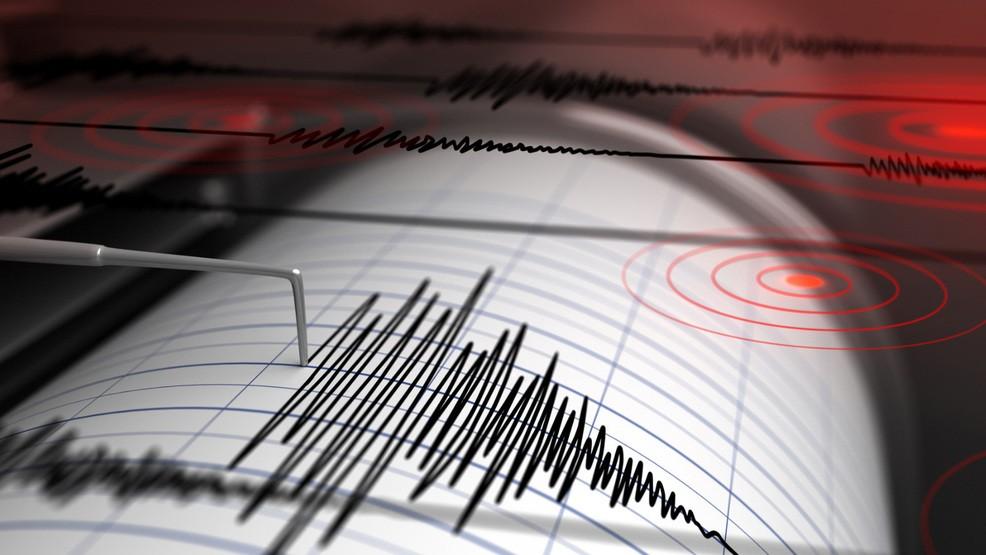When solar particles collide with Earth's magnetic field, the chances of heart attacks in women increase nearly threefold


(Web Desk): Heart diseases remain one of the leading causes of death worldwide. Typically, we associate these causes with diet, lifestyle, mental stress, or genetic factors. However, recent scientific research has revealed a surprising discovery: women have a higher risk of heart attacks linked to unusual changes in the Earth's magnetic field.
Recently, scientists conducted an interesting study examining the relationship between abnormal fluctuations in the Earth's magnetic field and the increase in heart attacks. According to this research, the rate of heart attacks in women significantly rises during solar storms. Solar storms—periods of heightened solar activity that affect Earth's magnetic environment—impact not only satellite communications and GPS but can also affect human health, particularly heart health.
A new study by Brazil’s National Institute for Space Research (INPE) found that when solar particles collide with Earth's magnetic field, the chances of heart attacks in women increase nearly threefold. Interestingly, this trend was not observed in men.
According to the lead researcher, Dr. Luis Felipe, under normal conditions, men have twice the rate of heart attacks compared to women. However, during periods of increased solar activity, the rate in women rises rapidly, especially among women aged 31 to 60.
Geomagnetic storms, caused by solar waves impacting Earth's magnetic field, are believed by scientists to affect blood pressure, heart rate, and sleep patterns—all of which can influence overall heart health. However, this matter remains under investigation and is yet to be fully confirmed.
This research is undoubtedly in its early stages and has certain limitations, such as being conducted in only one location with a limited sample size. The findings are not meant to cause fear but to raise awareness and serve as a foundation for future studies. If further confirmation is achieved, it may lead to new protective guidelines and preventive measures for heart patients.
Solar activity follows an 11-year cycle, with the peak known as the “solar maximum.” The year 2025 is expected to experience high solar activity, resulting in more frequent geomagnetic storms. Therefore, it is essential to prepare for such conditions and encourage heart patients to exercise extra caution during these periods.

Gold prices plunge in Pakistan, global markets
- 12 گھنٹے قبل
Erdogan warns Black Sea should not be ‘area of confrontation’ after strikes
- 11 گھنٹے قبل
Renowned motorcar stuntman Sultan Golden breaks two world records
- 9 گھنٹے قبل
A great night for Kent, but another stain on the Hall of Fame
- 12 گھنٹے قبل

3 theories that explain Trump’s collapsing support
- ایک دن قبل

The Kennedy Center Honors continue Trump’s vengeance on liberal Hollywood
- ایک دن قبل

The alarming rise in antibiotic use by the meat industry
- ایک دن قبل

Donald Trump reminds the entire world he has no idea what 6G means
- ایک دن قبل

Blame Republicans for our health insurance mess
- ایک دن قبل
Pakistan Army remains focused on internal, external challenges: Field Marshal
- 13 گھنٹے قبل

Anti-state elements to be held accountable: Kh Asif
- 8 گھنٹے قبل

Tremors felt in Balochistan's Barkhan, surroundings
- 8 گھنٹے قبل











